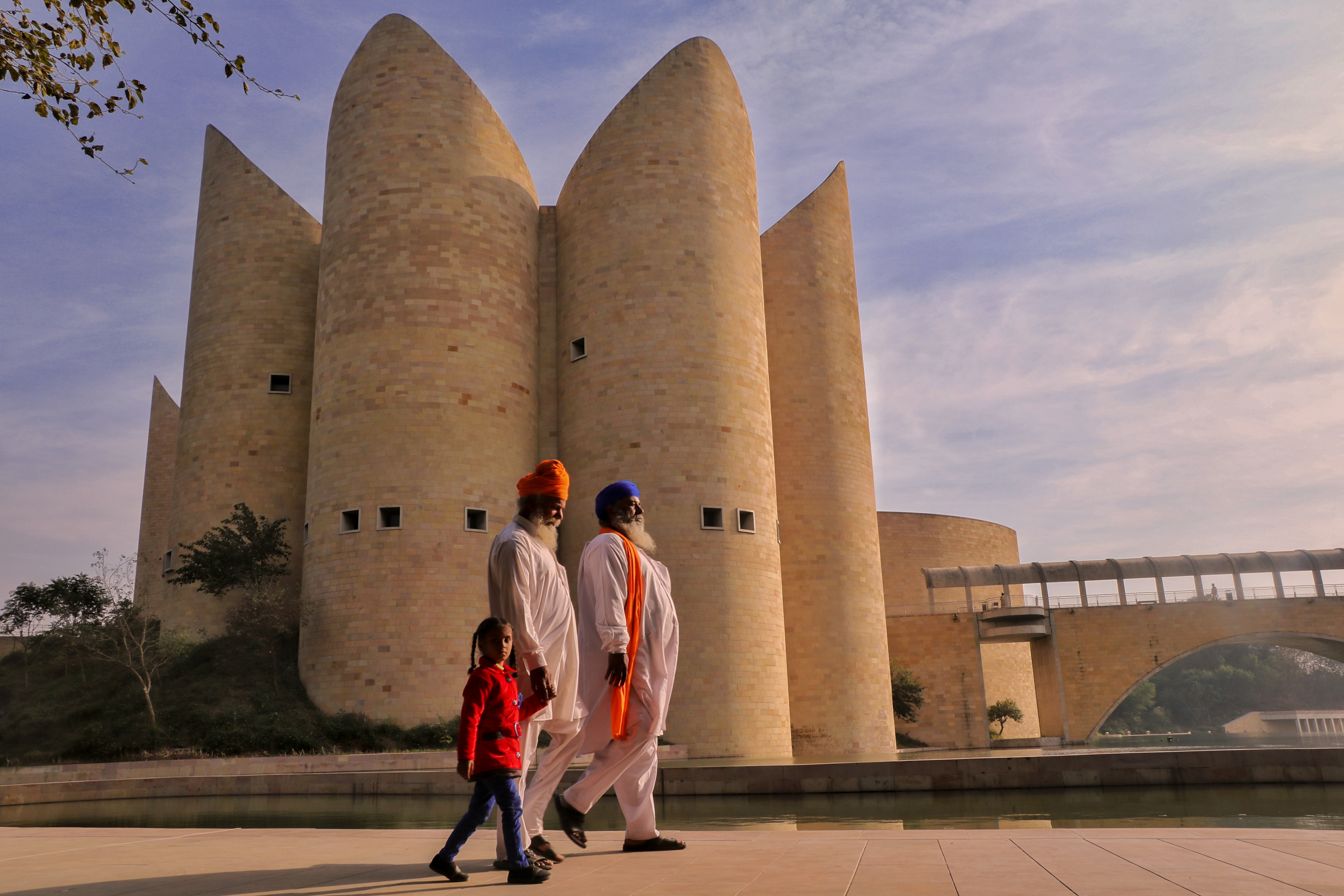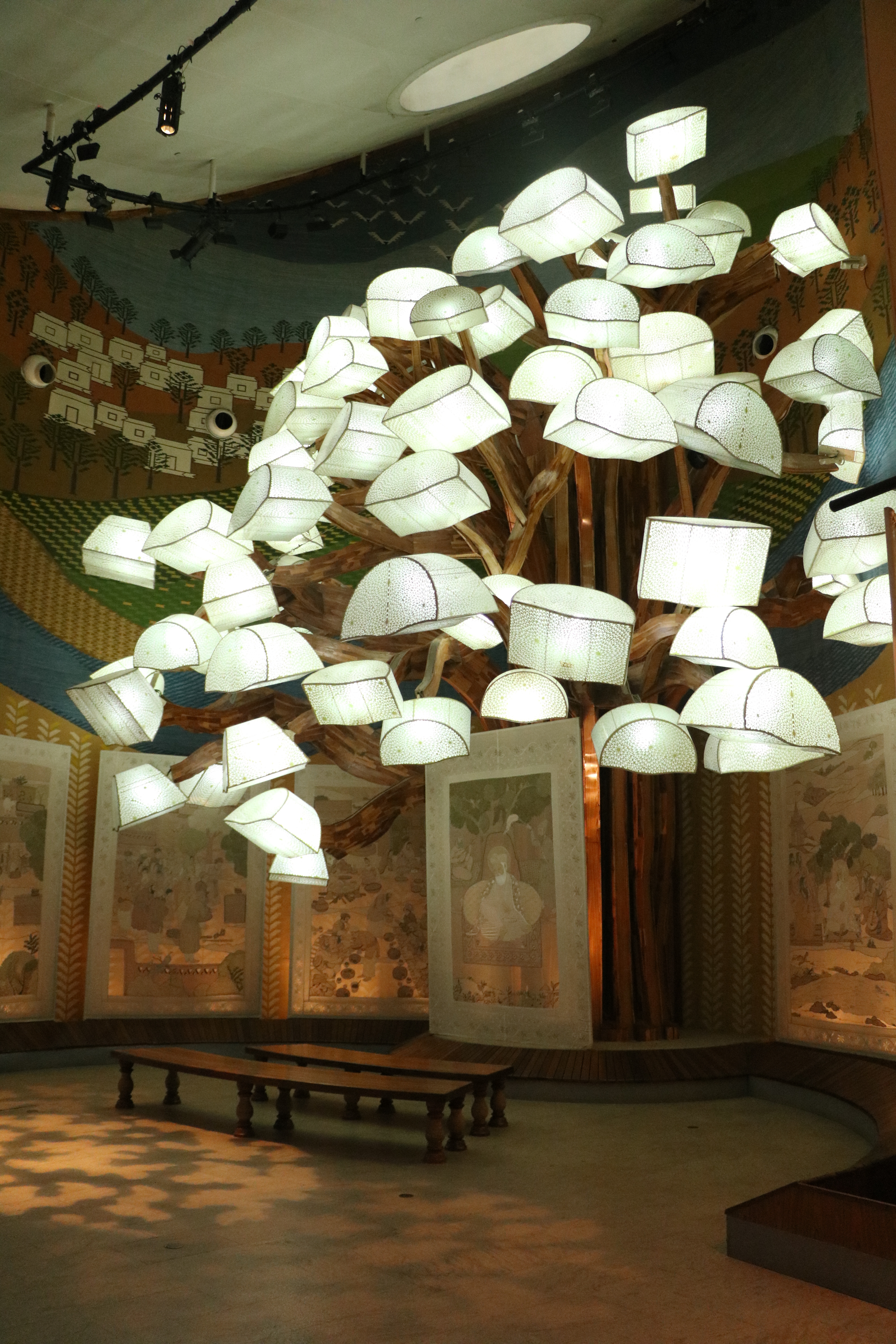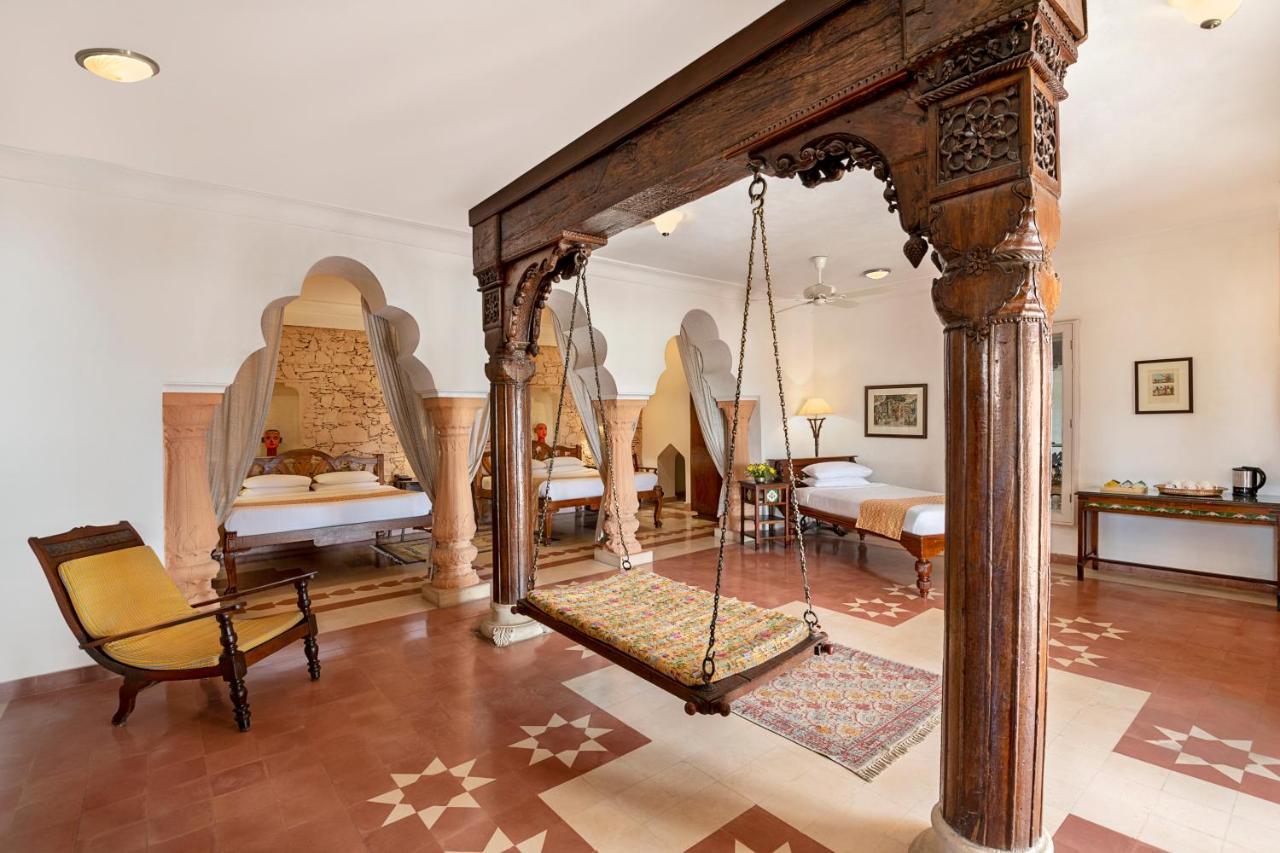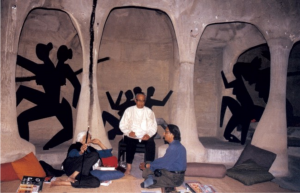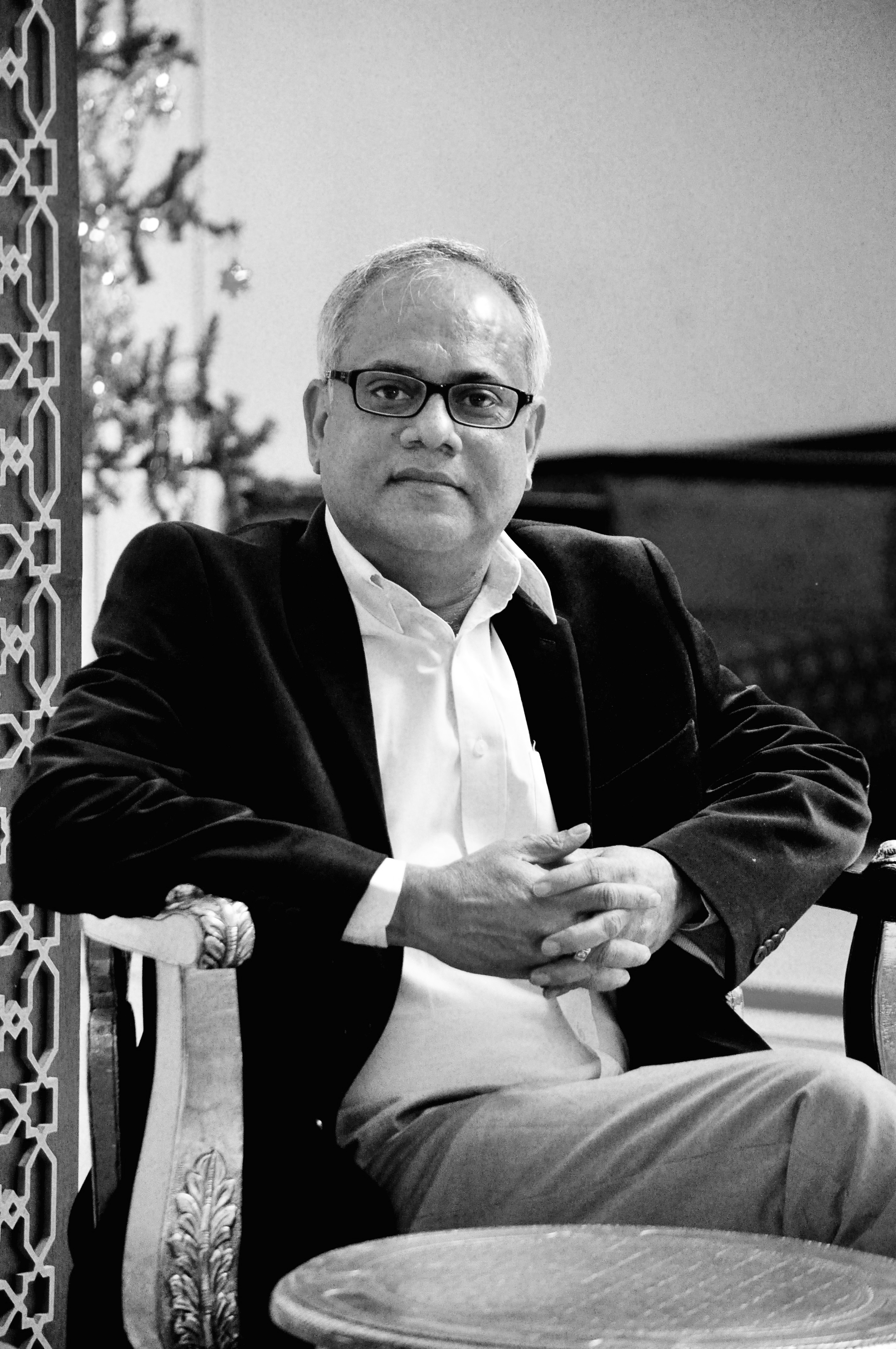We all know that IIID is uniquely different from other Associations in its openness and inclusivity which not only promotes professional solidarity and broader reach within the design fraternity but also resonates with contemporary workplace culture where practitioners with varied backgrounds and training collaborate routinely. I am therefore so excited about this ambitious publication marking the 75th year of independence and the 50th year of IIID’s founding. The production of locally grounded knowledge and diligently composed professional literature is vital to advance India’s design journey further. For long, this country’s designers have (correctly) complained that foreign texts are often less relevant for design work aligned with India’s many realities and rich urban and suburban contexts.
This essay focuses on the latter and posits that compared to much of the recent history, India is having a ‘design moment’ currently. Indian architects and designers today, for instance, routinely conceive and build fabulous buildings and world-class spaces matching the highest standards anywhere. It is now increasingly common to find fantastic examples in an impressive range of new developments like hotels, hospitals, schools, and residential communities spread across the length and breadth of the vast country including many regional places, which largely escaped designers’ attention until recently.
Sustained commitment and lifelong work of enterprising design entrepreneurs have gradually yielded well-known success stories like Neemrana hotels or Fab India in turn motivating emergent design practices to rearticulate the country’s rich local traditions as well as indigenous crafts for a contemporary cosmopolitan clientele at the world stage. Not surprisingly, and often hidden away from the limelight, India’s designers seem to excel in many other less-prominent domains of design with deep local roots such as furniture, jewellery, and metalware.



